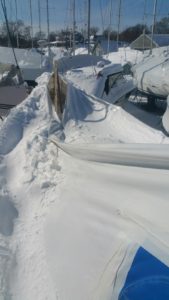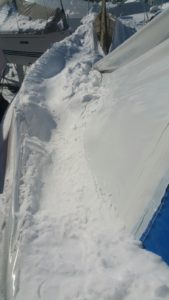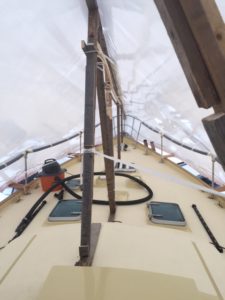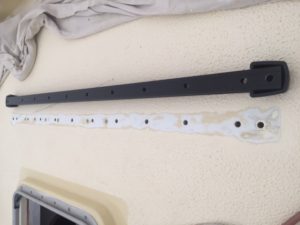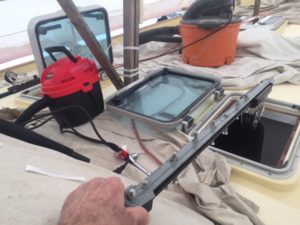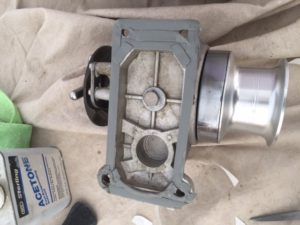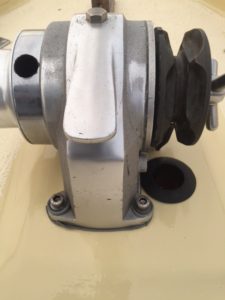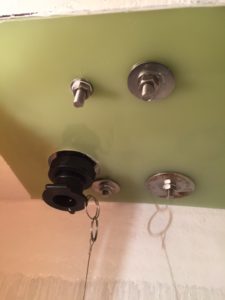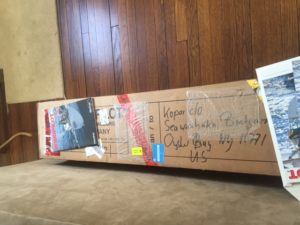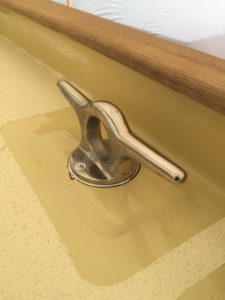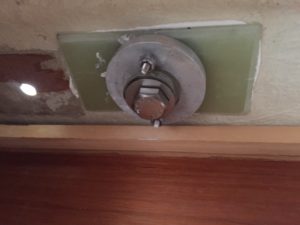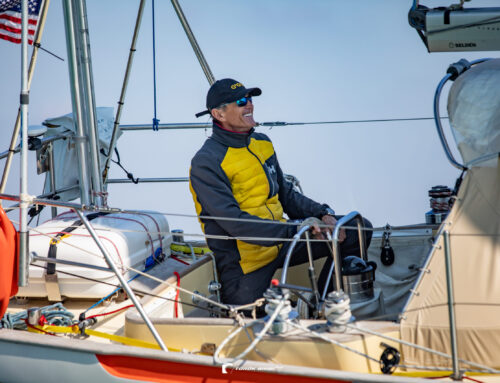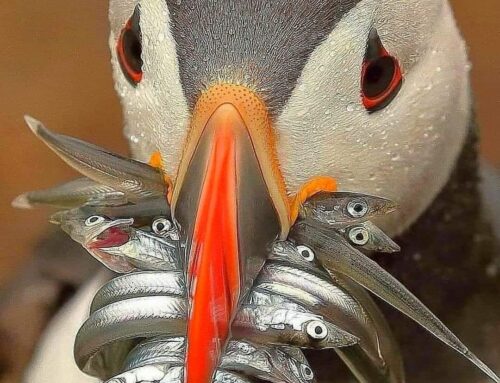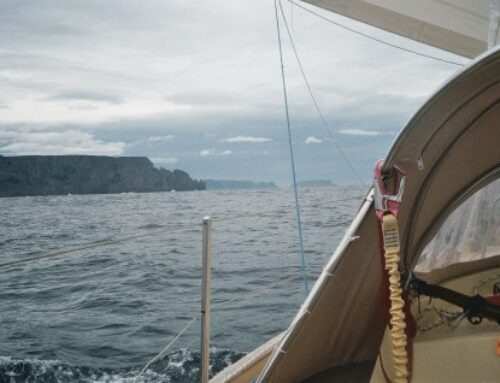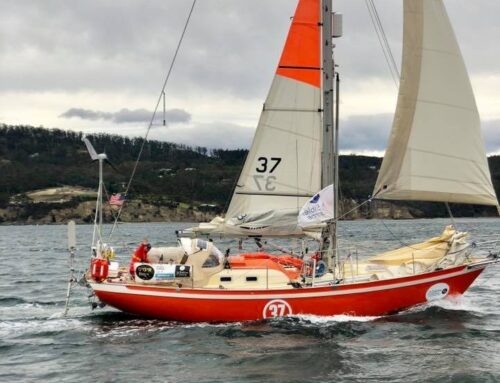“You don’t win the race at sea. You lose it at sea. You win the race during the preparation…” Conrad Colman said this recently, after his impressive Vendée Globe finish under jury rig. He had all kinds of troubles during his circumnavigation, including having a fire on board and losing his mast. His well-phrased statement is 100% right, and will be just as true in our race next year.
The land preparation means a good plan and a lot of labor, but the main limitation is always the money—or the lack of it, more precisely. In addition, solo sailing is never solo. It might be single-handed out at sea, but there must be a supporting team on land. These elements are less visible during a race, so I mention them now during my current obstacle course. The greatest frustration for me at this juncture is getting the funds needed for the proper race prep. The bad news of any rejection in a sponsor hunt could be good news, in a sense, if I get it quickly. Then I have the chance to move on without wasting further time, labor, and money contacting an unresponsive prospective sponsor.
The e-mail approach has been virtually useless, and it makes you wonder if your proposal landed in the spam box or if the recipient is simply not bothering to reply. I am used to the disrespectful silence of many banks, insurance companies, and huge corporations, but getting no response from the marine businesses still hurts. I believe somehow that we are of the same family, or at least comrades—but seemingly, we are not!
The other frustrating element of the sponsor search is the frequent misinterpretation of my approach. My proposal is for a business partnership, not just begging for free money. I am committing myself to serious PR, marketing, and advertising responsibilities in return for any support I may receive. And it is noteworthy that companies have been spending big bucks on this field.
Anyway, you have to be a salesperson on land to be a successful sailor on the water. I wish Dennis Conner would be my coach!
Well, the last 3 months were packed with speed bumps on the road of my race prep. The most painful one was my Dad’s hospital care and his tragic “takeoff.” But my commitment to my interrupted project helped my recovery—and God did as well, with the unusually mild winter on Long Island.
A mid-February snowstorm collapsed my shrink-wrap cover above Puffin, while I was stranded in Florida with a cancelled flight. Fortunately God granted me a full moon and cold weather on the night of my return. This allowed me to remove the heavy snow before it melted, thus preventing water from intruding through the unsealed deck hardware.
Yes, the desk hardware installation is a very time-consuming process, especially when one is shorthanded. You have to do a lot of planning and measuring before you drill any holes. Then you have to match the backing plates, level the uneven interior surface, and finally do the dry fit and the bedding caulking. I prefer to use butyl tape for bedding above the waterline; it’s very user-friendly even in the cold weather.
My planning of the new plumbing customized for the nearly one-year, nonstop sailing voyage was almost as time-consuming, not to mention selecting and ordering the necessary parts (thru-hulls, seacocks, vented loops, valves, hose connectors) and installing them. And there are always unexpected detours. One of them was my good-looking, low engine hours Bukh diesel. The almost 10-year-long interim since it was last run resulted in the complete corrosion of the fuel injection pump. The new US distributor of Bukh quoted almost $6,000 for the new fuel pump. Luckily, Jay Hoffman at Huntington Station rebuilt it for less than $1,200, and my diesel mechanic buddy John Reilly charged me a very reasonable price for its installation.
So, in spite of detours and obstacles, I have been making headway and receiving boosting support. My sponsor Peter Förthmann kept his word and delivered his Windpilot on time as he promised, and he and I are both eagerly awaiting its installation. Bob and Roger, the owners of Nance & Underwood, are helping me with the mast prep. English Tradewind owners/sail makers are supporting me with vital Tradewind-related info. Bob DeNatale created a supporting group (with past Commodores of Seawanhaka Yacht Club) to assist with my fundraising. And the spring is almost here, so we—Puffin and I—are keeping rolling!


